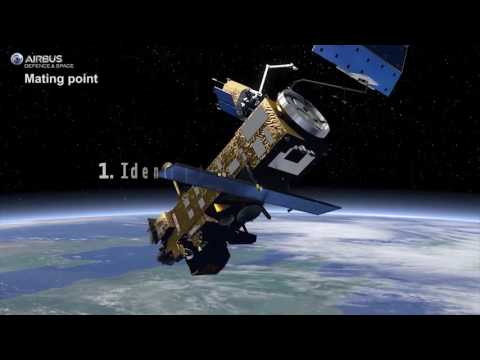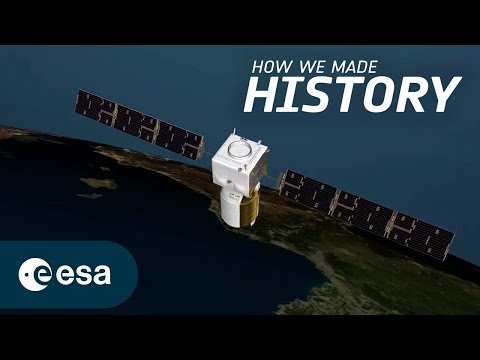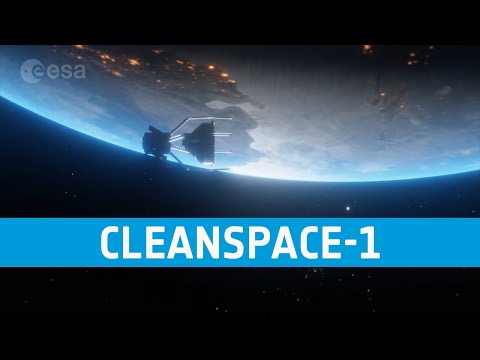ESA’s active debris removal mission: e.Deorbit
ESA’s Clean Space initiative is studying an active debris removal mission called e.Deorbit, which will target an ESA-owned derelict satellite in low orbit, capture it, then safely burn it up in a controlled atmospheric reentry. e.Deorbit will be the world’s first active debris removal mission, and will provide an opportunity for European industries to showcase their technological capabilities to a global audience.





At last.
Ty for doing it! Do it ASAP. If any collisions happens which escalate the collisions then the space will be unreachable.
I vote for the net it's looks cheap. Cheaper than the robotic arm.
Are there plans for cleaning up big amounts of debris in case of a chain reaction (after some big collision) that leads to the destruction of most satellites?
est? muy bien la iniciativa de recolectar la basura espacial en el entorno terrestre, pero, considero, que en vez de tirarlo contra la atm?sfera, lo mejor ser?a, reciclarlo en el espacio dentro de una estaci?n espacial, dedicada espec?ficamente para ?sta tarea., dentro de la misma se podr?an producir diversas herramientas y dispositivos espaciales.
LASERSSSSSSSSSSS
One thing unique about mankind, no matter where we go, we have to trash everything.
It's a slight pity that we put all that stuff up there and can't reuse it where it is. e.g. build a new space station out of old bits of metal. That is a silly idea of course in a way but suppose we had a spaceship that could sort all the metals, grind them to powder and then 3d-print a new satellite? Then we would never have to lauch that mass again – we could endlessly repurpose it.
Why can't we just?make a global array of strong lasers on the ground that can pinpoint debris, and use the force of the light to slow the debris so that it falls out of orbit?
This would still be expensive, but it would be cheaper than the e.deorbit.
It would be more renewable, and it would be constantly working.
As an inhabitant of Earth, and on behave of all Earth inhabitants, I beg you to continue research into the development of ways to remove space debris. May I also suggest that research be conducted into ways of preventing any further additional production of space waste.
It's all really interesting at all, but I'm not a big fan of the one-to-one ratio here. I mean unless you can launch like several hundred of these things per launch. And they don't cost several millions of dollars each, it's not very practical.
Why don't we build bigger ships that have enough fuel to get themselves back into orbit after the deorbit burn? Or maybe even retrieve debris for recycling in some sort of orbital recycling station? Won't that be cheaper in the long run?
I don't agree with the idea of deorbiting old space craft (crash them into our atmosphere). We should recycle their usable parts to construct new things in space. Get a extruder, 3d printer, and some sorting storage containers and don't make us pay twice for getting some materials to space that are already up there. And make everything sent into space for now on reusable, resuppliable, or recyclable.